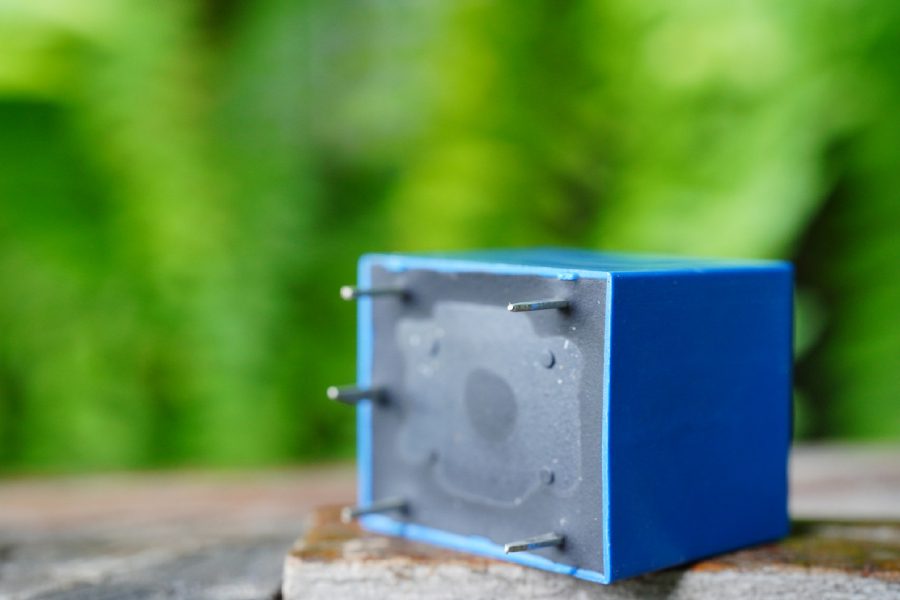When it comes to electrical switching, there are a range of relay options to consider. Among these alternatives, two commonly chosen types are reed relays and solid-state relays. While both perform the vital function of regulating electrical circuits, they possess notable disparities in design and functionality. Find out more about the advantages of reed relays over solid-state relays, as well as the rationale behind the enduring reliability and widespread preference for reed relays in numerous applications.
Overview of Reed Relays
Reed relays, including renowned brands like Coto Technology and Pickering reed relays, are electromechanical switches that utilise a reed switch enclosed within a glass tube. The reed switch consists of two metal reed contacts that either come together or separate when subjected to a magnetic field. This physical interaction allows for the opening and closing of electrical circuits. Reed relays have a long-standing reputation for their compact size, reliability, and widespread usage across multiple industries.
Advantages of Reed Relays
- Low Resistance and Voltage Drop
One of the significant advantages of reed relays lies in their low contact resistance and voltage drop. The contacts within a reed relay are typically made of precious metals such as rhodium or tungsten, which provide excellent conductivity. This characteristic facilitates efficient current flow with minimal energy loss, resulting in a low voltage drop across the relay. Consequently, reed relays are well-suited for applications requiring precise and accurate signal control.
- High Switching Speed
Reed relays offer exceptional switching speed, making them ideal for applications that demand rapid response times. Due to their mechanical design, reed relays can achieve switching times in the range of microseconds. This rapid response is particularly advantageous in fields such as telecommunications, automatic test equipment, and high-speed data acquisition systems. In contrast, solid-state relays may exhibit inherent delays due to their internal circuitry.
- Excellent Isolation
Reed relays provide excellent electrical isolation between the control and switched circuits. The glass envelope that encloses the reed switch ensures hermetic sealing of the contacts, safeguarding them against contaminants and environmental factors. This isolation feature renders reed relays highly reliable, especially in harsh operating conditions where solid-state relays may be more susceptible to failure.
- Low Power Consumption
Reed relays are known for their minimal power consumption, making them energy-efficient components. When the coil is not energised, the contacts remain open, consuming zero power. Solid-state relays, on the other hand, may exhibit a small amount of leakage current even in the off-state, leading to power dissipation. This characteristic makes reed relays suitable for battery-powered devices or applications where power efficiency is a priority.
Conclusion
While solid-state relays have their merits, reed relays offer unique features that make them a superior choice in certain applications. The low resistance and voltage drop, high switching speed, excellent isolation, and low power consumption of reed relays make them reliable and efficient components for a wide range of industries.
In a landscape of electronic advancements, Wiselink stands as your trusted partner for high-quality reed relays and electronic components, including the renowned Pickering and Coto Technology reed relays. Whether you are a telecommunications engineer, a medical device manufacturer, or an industrial control systems designer, Wiselink is here to support your needs with our extensive range of reliable and efficient solutions. Contact us today to discover how our reed relays can enhance the efficiency and functionality of your electronic devices and systems.

